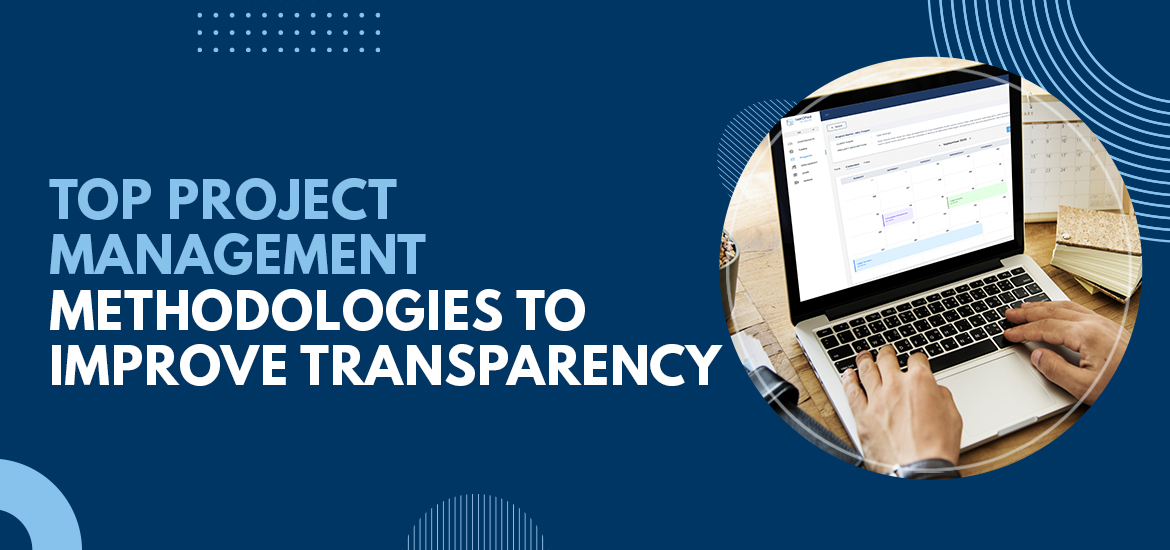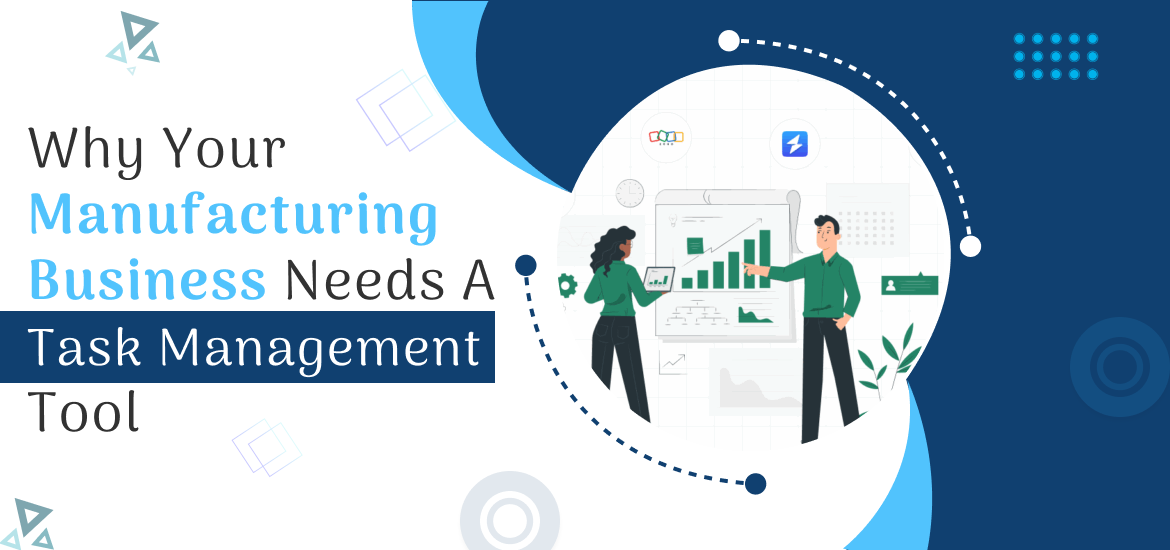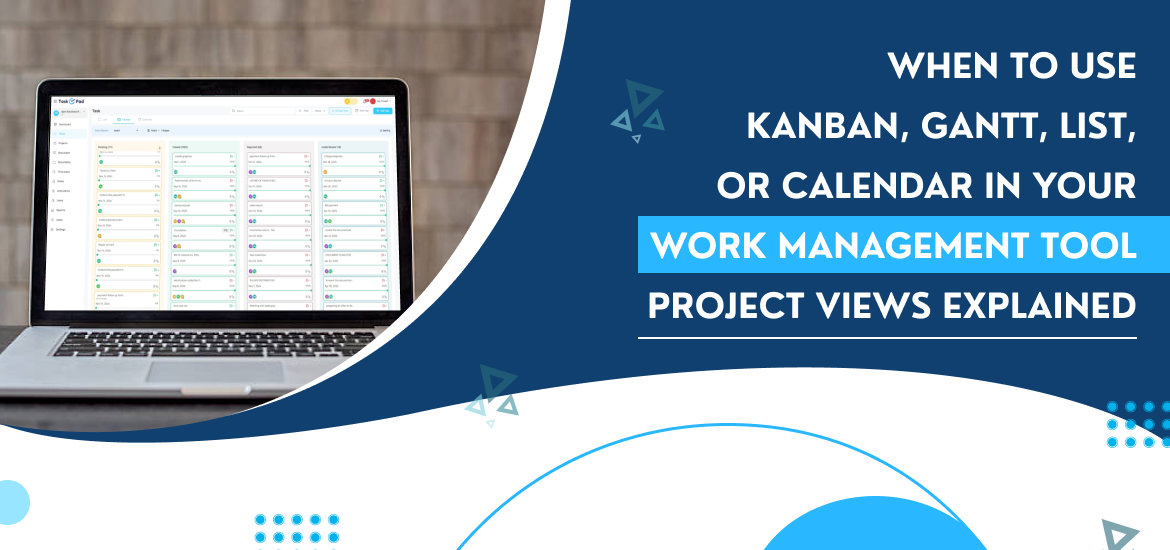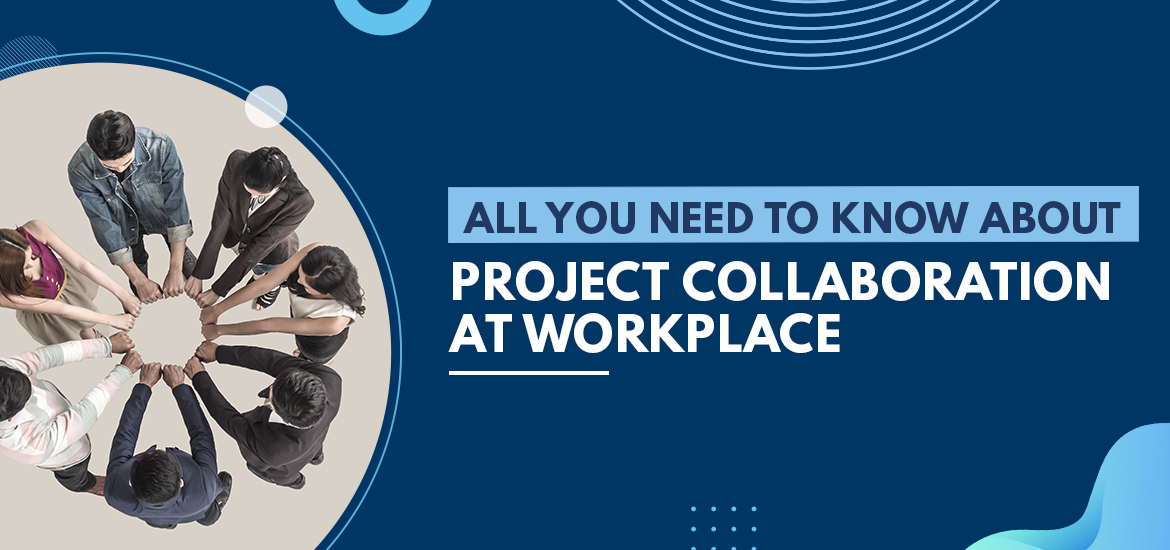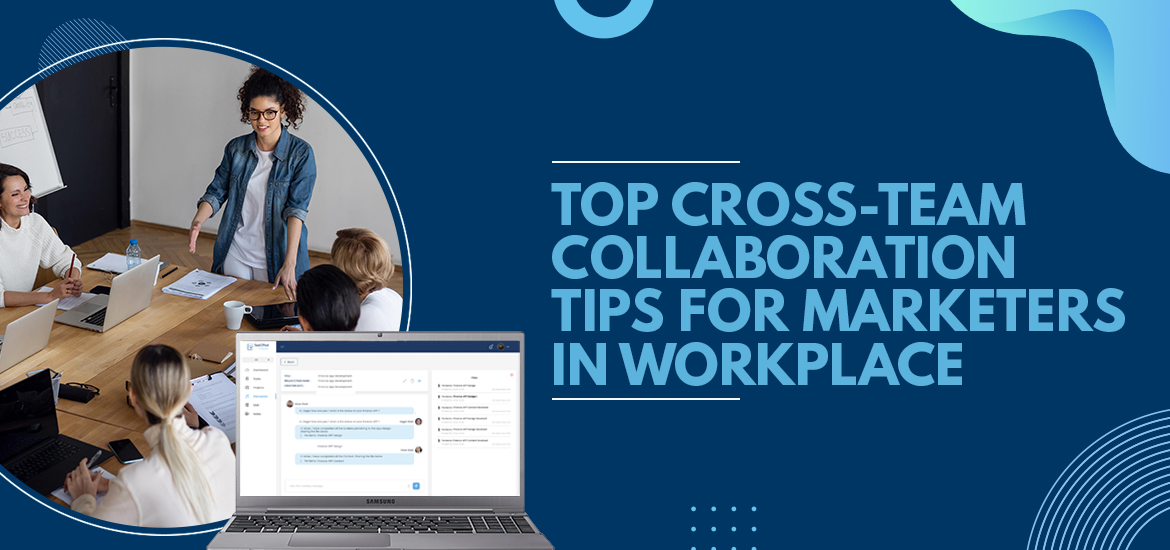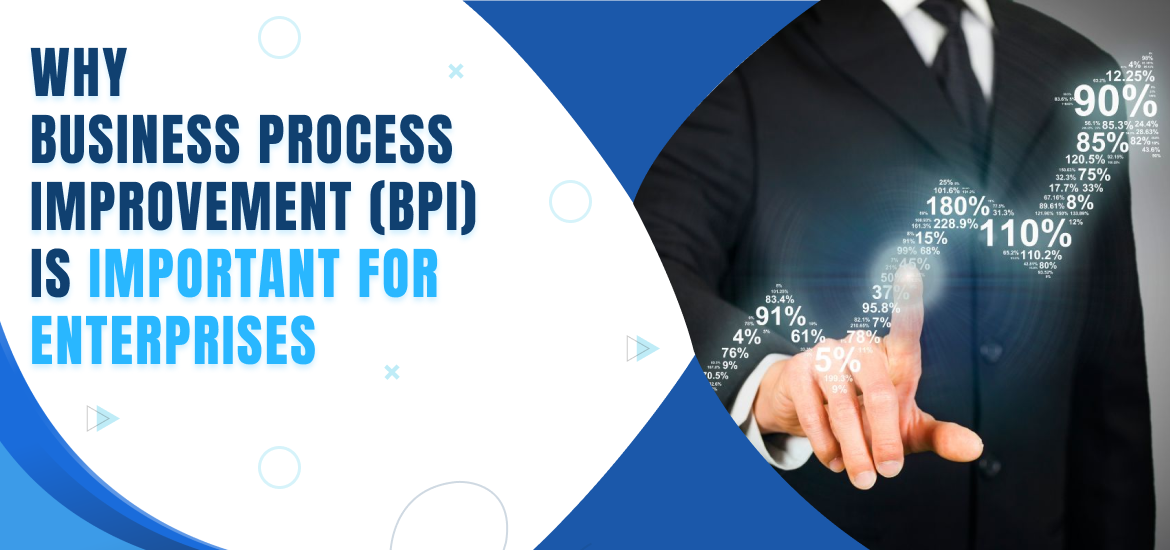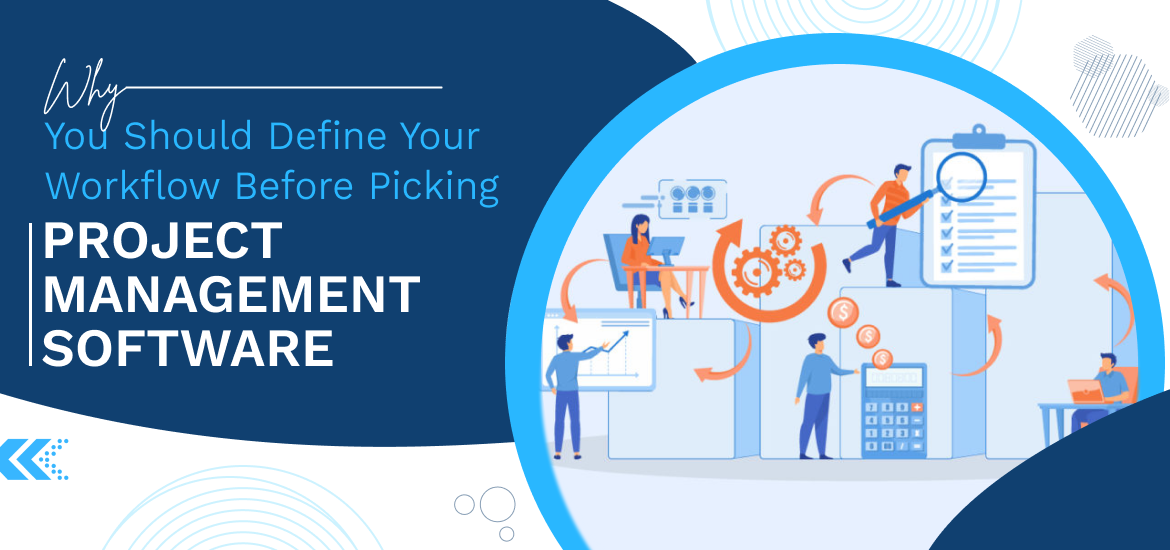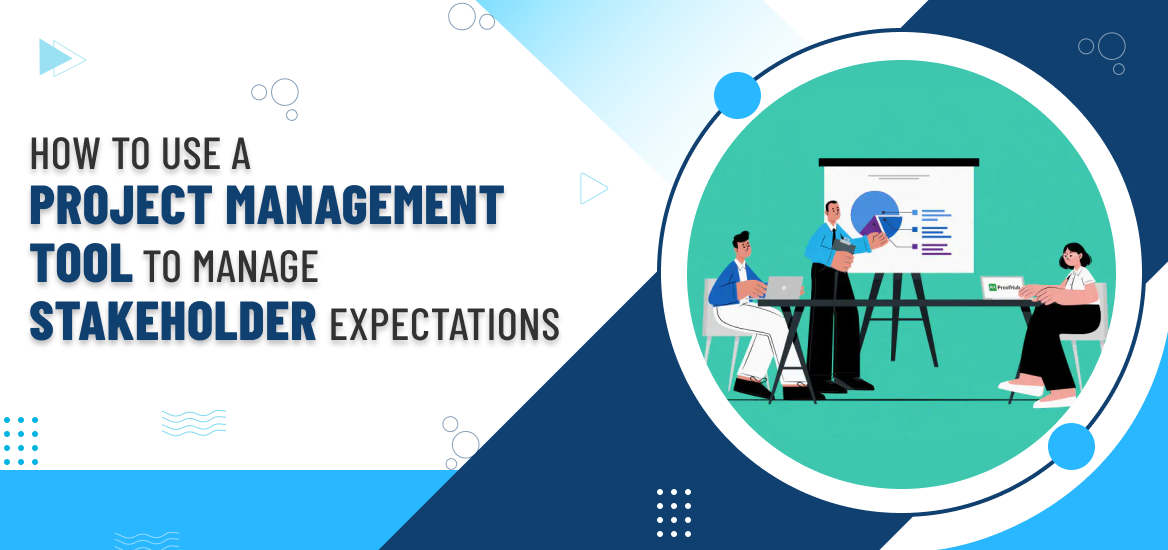
Project Management App
How to Use a Project Management Tool to Manage Stakeholder Expectations
Sep 29th, 2025
A project is more than just tasks and deadlines. It’s a network of people. Everyone has their own goals and expectations. From the CEO to the end-user, every stakeholder is important. Not managing these expectations is a top reason projects fail. In fact, studies show that projects with good stakeholder management are 2.5 times more likely to succeed. The key to this success? A great Project Management Tool.
This tool does more than track tasks. It creates a bridge of clear communication. It makes sure every stakeholder feels heard and informed, and aligns everyone with the project’s vision. You might be a project manager or a decision-maker. Or maybe you’re a young professional. No matter your role, a Project Management Tool is a powerful ally. It’s essential for managing stakeholder expectations.
The Stakeholder Challenge
Why are stakeholders so important? They can either make a project a success or a failure. They provide key resources, and support your work. But if you ignore their needs, they can cause problems. Project managers spend a lot of time on communication. Still, misunderstandings happen. In fact, a lack of clear communication is a top reason for projects to fail. Some reports say it’s the cause for as many as 37% of failures.
Think about a common situation. You finish a project on time and on budget. But a key stakeholder is unhappy. They thought the final product lacks a feature they assumed was included. Or maybe your team is working hard, but a key decision-maker doesn’t get clear updates. They start to worry. Or what if different stakeholders want different things? This can cause confusion and extra work for the whole team.
Old ways of working, like long email chains and scattered documents, just aren’t enough. They don’t have a single source of truth. They lack real-time updates. This is where a dedicated Project Management Tool helps. It creates a structured way to bring all stakeholders into one clear view.
A Project Management Tool is Your Communication Hub
A Project Management Tool is a central hub for communication. It holds all project related information in one place. This is the first and most important step for managing expectations. It makes sure everyone from the top boss to the newest team member sees the same information.
The Single Source of Truth
Stakeholders get frustrated when they don’t have the latest updates. A Project Management Tool fixes this. It gives everyone a single place for all project data. This includes:
- Project Goals: It shows the final project deliverables. And any specific non-deliverables required specific mentioning.
- Tasks and Milestones: A detailed list of work, with assignees and due dates.
- Progress: Live reports and dashboards that show the project’s exact status.
A stakeholder doesn’t need to ask for updates. They can just log in. They can see the latest progress themselves. Platforms like TaskOPad have great dashboards and reports for this.
Visual Transparency and Real-Time Updates
A lot of text can be hard to read. Visuals make things simple. A good Project Management Tool has different views. You can use Kanban boards, Gantt charts, or calendars.
- Kanban Boards: Give you a quick, visual snapshot of task progress.
- Gantt Charts: Show you timelines and how tasks depend on each other.
This helps stakeholders see how a delay in one area affects the whole project. This visual clarity manages expectations about timing. When stakeholders can see the progress for themselves, it builds trust. It also means fewer status meetings.
Also Read – 7 Tips To Manage Communication Overload At Workplace
Strategic Stakeholder Engagement
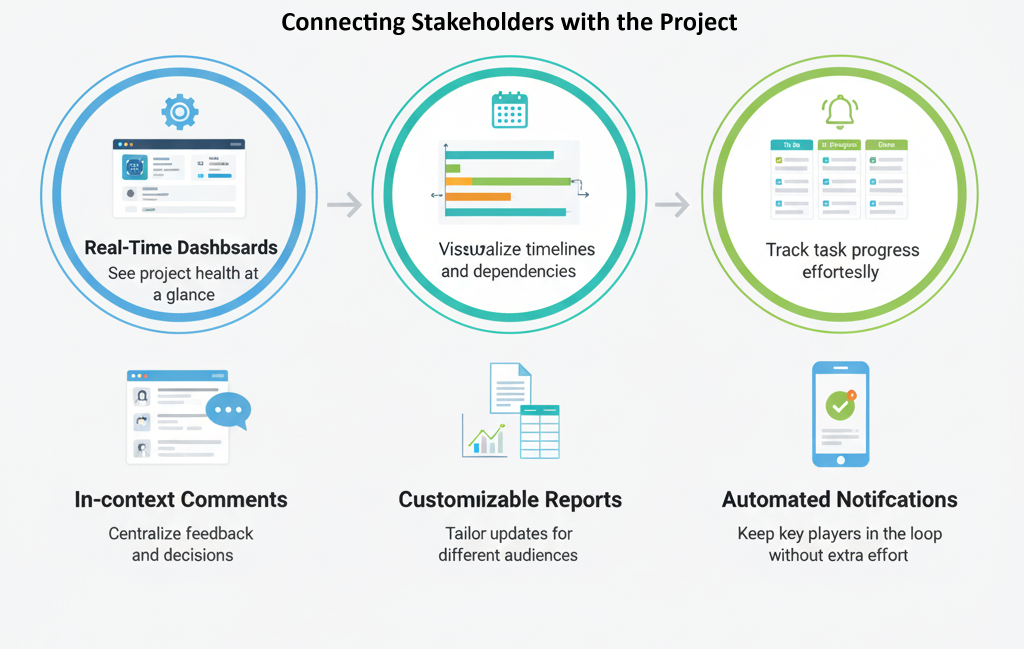
A Project Management Tool does more than just share info. It helps you work with stakeholders. This is where you go from just managing expectations to true teamwork.
Tailored Communication and Notifications
Different stakeholders need different levels of detail. A CEO might only want a monthly report. A team leader might need daily updates. A strong Project Management Tool lets you customize this.
- Set up reports to be sent automatically to key people.
- Use specific alerts to let someone know when their task is done. This way, people get the right info at the right time. It prevents too much information and keeps everyone in the loop.
Centralized Feedback and Decision-Making
Email chains for feedback are a mess. Comments get lost. Files get mixed up. A Project Management Tool fixes this. It puts all feedback right on the task or document.
- Stakeholders can comment, approve, and suggest changes on the work itself.
- This creates a clear history of all decisions. No more arguing about “who said what.” This organized feedback makes sure stakeholder ideas are heard and used. It makes them feel like they are part of the project. Features like threaded comments and versioning in TaskOPad help you keep a clear record of every choice.
Also Read – How to Maximize the Project Management Software ROI
Setting Realistic Expectations from the Start
The best way to manage expectations is to set them right from the start. A Project Management Tool is key for this.
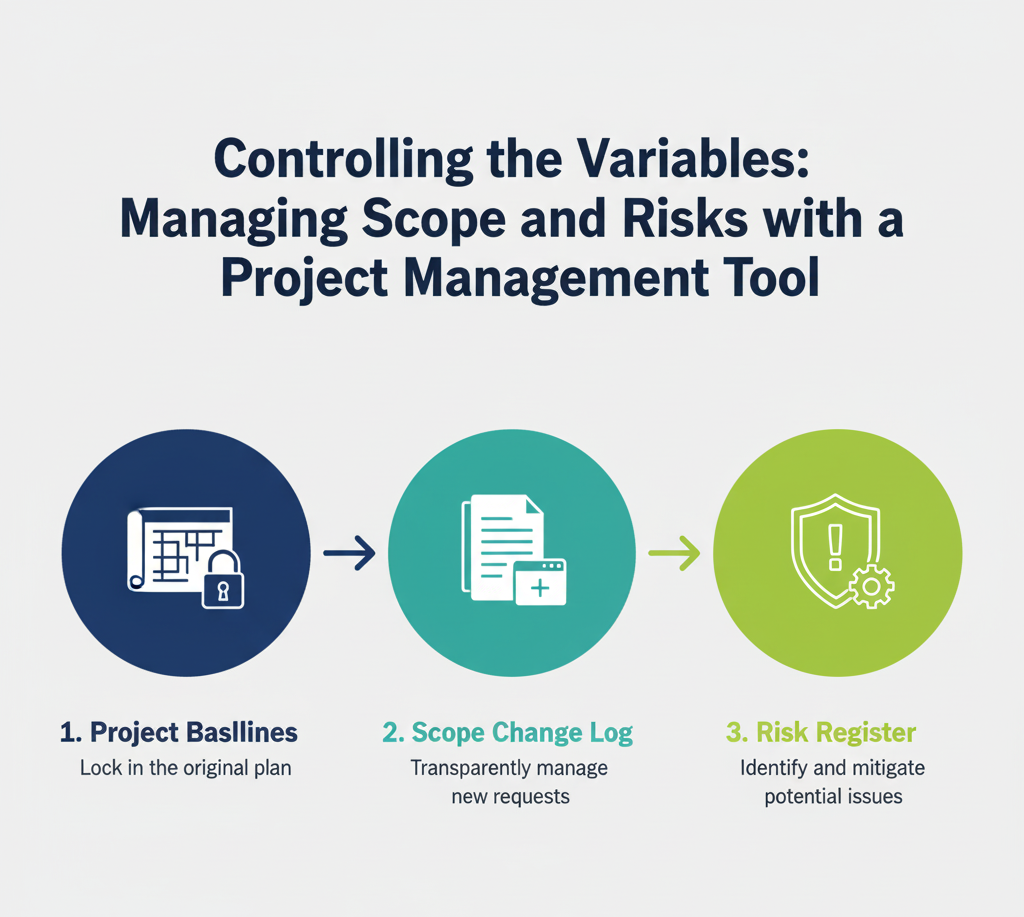
Clear Requirements Gathering
Before you even start a task, use a Project Management Tool to write down every single stakeholder requirement. You can:
- Use a special section to list them all.
- Link each requirement to the tasks needed to complete it.
This makes sure you don’t forget any requests. It also shows stakeholders how their ideas are being turned into action.
Project Baselines and Scope Management
A big reason for project failure is “scope creep.” This is when a project grows without changing the timeline or budget. A Project Management Tool helps you prevent this.
- You can set a project baseline. This is your first approved plan.
- Any new request is added and compared to this plan.
This lets you have a clear talk with a stakeholder. You can say, “This new feature will add two weeks and a thousand rupees to the budget. Is that okay?” This approach uses facts, not feelings. It keeps everyone aligned with what’s possible. A study by the Project Management Institute (PMI) found that 41% of projects struggle because of a lack of sponsor support, often due to poor expectation management from the beginning.
Risk and Issue Management
No project is perfect. Problems will come up. A Project Management Tool gives you a way to handle them.
- You can create a central list of risks.
- Assign someone to own each risk.
- Write down a plan to fix it.
When a risk becomes a real problem, you can quickly tell everyone. You can also share your solution. This shows you are in control. It helps manage stakeholder expectations about any potential bumps in the road.
Also Read – How Work Management Tool Frees Up Time for Innovation
Moving Forward with Confidence
Managing stakeholder expectations is not about reading minds. It’s about being good at communication, being transparent, and being organized. A strong Project Management Tool like TaskOPad helps you do all of this. It turns confusing talks into clear data, changes personal opinions into documented decisions. It makes sure everyone is working towards the same goal.
By using a project management tool, you’re doing more than just delivering a project. You’re building trust and encouraging teamwork. You’re making sure all key people are on the same page. This approach leads to more successful projects. It results in happier stakeholders and a better reputation for everyone.
Book your free demo now and let our experts help you improve your workflow.
Search by posts
Search by posts
Recent posts
10-31-2025
Work Management Software
When to Use Kanban, Gantt, List, or Calendar in Your Work Management Tool – Project Views Explained
10-30-2025
Project Collaboration Software
